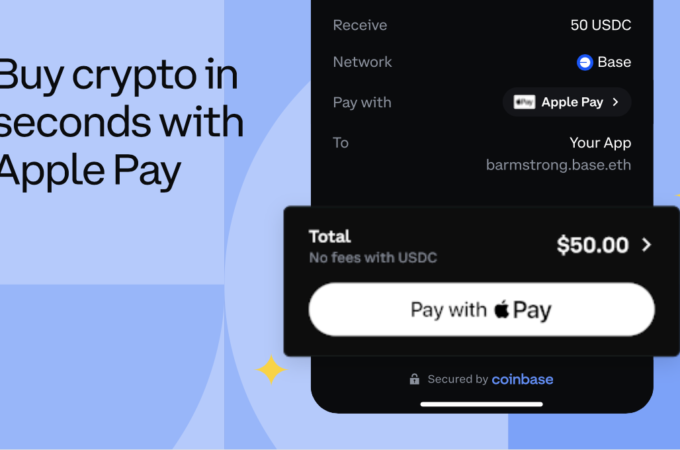
P2P Payments: Migration From Apps to Media Channels
By Elena Mesropyan for LTP
The market of P2P payments is highly saturated, with every other freshly launched solution becoming another fish in a barrel. While some financial institutions are playing catch-up (launching competing payments apps) with the likes of Venmo and PayPal, others are moving to the next level by hopping from dedicated apps to P2P payments as features in multipurpose social media channels. The relevance of proprietary P2P payments apps fades away in face of all-in-one platforms that allow the same functionality in addition to the comfort of chatting, calling a cab and doing whatever else mighty ones like WhatsApp allow doing.
Social media channels went a long way since their inception – turning from news feeds and chats into all-in-one platforms, tightly gripping onto users’ everyday activities. Multipurpose channels eliminate the need for five different apps when they are able to perform all five functions in one place. P2P payments apps are gradually becoming one of those redundant space-wasters as technology and code-first companies stuff their solutions with various features including the ability to send funds to a friend.
Essentially, the like of Messenger, WhatsApp, Twitter, WeChat and others are eliminating the need for using any other app, creating a streamlined wholesome experience within one platform. And financial institutions should see it an opportunity to become a part of the deal given an increasing importance of those channels in users’ everyday life.
Today, there are already quite a few financial institutions worldwide that are exploring this opportunity – ICICI Bank, Barclays, RBC and more. Just a week ago, Santander and Mastercard were among companies that backed PayKey, an Israeli-based startup that allows P2P payments as easily as writing a chat or sending a photo to a friend using WhatsApp, Facebook Messenger or Twitter. PayKey has developed a mobile keyboard application that connects to the bank to make instant and secure payments.
Leveraging media channels for P2P payments is all about finding a place in customer’s everyday life. An average consumer is not on a constant lookout for another app for collection but is affectionate to a seamless experience with services through channels of preference. Instead of trying to squeeze another app into consumers’ smartphones, companies should be really looking for ways to use established customer-preferred channels.
Earlier this year, Mark Zuckerberg shared that, “Today, people around the world spend on average more than 50 minutes a day using Facebook, Instagram and Messenger… And that doesn’t count WhatsApp.” Messenger and WhatsApp are handling 60 billion messages a day – three times the amount of global SMS traffic. With 2.3 billion active social media users worldwide and 1 million new being added every day, it’s difficult to imagine other equally effective way of massively scaling a service rather than basing it on a proven record of social media channels.
The opportunity with leveraging social media platforms for P2P payments can be even more rewarding when applied to international remittances. Some estimates suggest that over 90% of fund transfers are sent to family members, who are usually connected on social networking websites. This connection between senders and recipients makes social media channels the primary target for massive international reach given that last year, international migrants sent home ~$600 billion.
With the scale of the user base and the speed of expansion, it would be an understatement to say that social media will play a major role in the future of payments. In addition, social media channels are a ready-to-tap source of ever-enriching data on user behavior and preferences, which is one of the most valuable assets for companies providing financial services.
With regard to data on user behavior and quality of connections, social media has been recognized by Wharton as an important data source for credit scoring back in 2014. In recognizing the role of social media for the purpose, at the end of last year, FICO was reported to be looking for ways to use social media data to assess creditworthiness.





